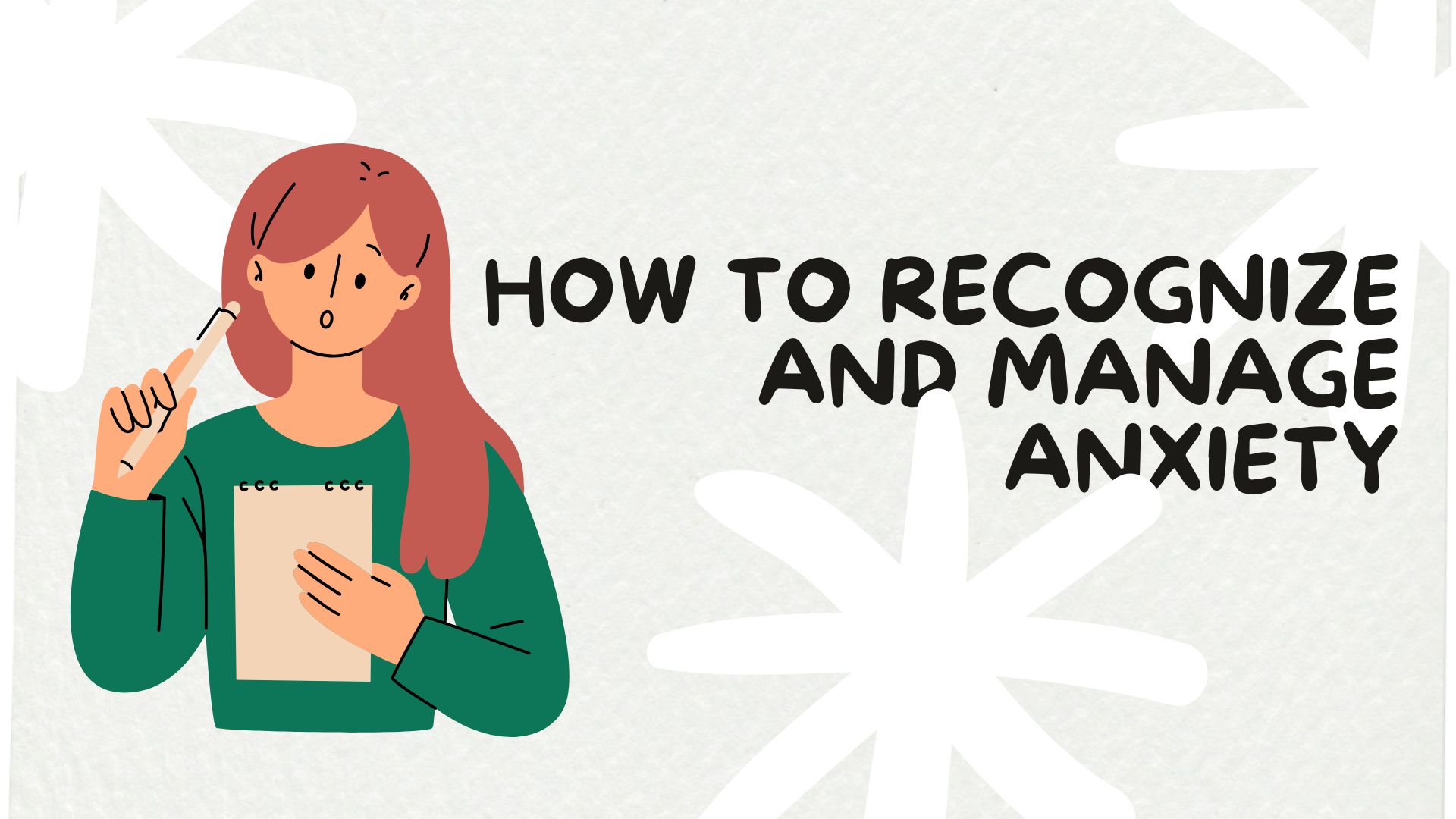Anxiety is a common mental health issue that affects millions globally. It goes beyond occasional worry or nervousness, often presenting as an overwhelming sensation of dread that impacts daily life, productivity, and mental well-being. Recognizing anxiety symptoms and implementing strategies to manage it can improve overall quality of life and mental health
Problem Pointers:
- Physical Symptoms: Anxiety often presents as physical symptoms such as a racing heartbeat, excessive sweating, dizziness, shortness of breath, or muscle tension. These symptoms can be uncomfortable and may even feel like a medical emergency, making it challenging to focus on daily tasks.
- Constant Worry and Intrusive Thoughts: People with anxiety experience persistent worry that may feel uncontrollable. This worry is often excessive compared to the actual situation and can become a cycle of negative thoughts that drain energy and focus.
- Avoidance Behavior: Anxiety can lead to avoidance of specific situations, people, or environments due to fear. For instance, social anxiety may make social gatherings feel unbearable, while generalized anxiety may cause people to avoid situations where they feel out of control.
- Sleep and Concentration Issues: Anxiety often leads to difficulty sleeping and trouble concentrating. Racing thoughts and constant worry make it hard for people to relax, impacting productivity and making it challenging to complete tasks.
Solution Pointers:
- Mindfulness Practices and Relaxation Techniques: Mindfulness-based techniques like deep breathing, progressive muscle relaxation, and meditation are effective ways to reduce anxiety. These practices help calm the mind and bring attention to the present moment, reducing the power of negative or intrusive thoughts. Apps such as Headspace or Calm can be great starting points for beginners.
- Challenge Negative Thoughts: Cognitive-behavioral therapy (CBT) techniques are widely used to help individuals recognize and challenge irrational or exaggerated thoughts. Identifying negative thought patterns and replacing them with balanced perspectives can be transformative. A mental health professional can guide you through this process.
- Gradual Exposure: If avoidance is a coping mechanism, gradually exposing oneself to anxiety-provoking situations can help build resilience. Start small by facing a minor fear, and work up from there. This technique, often called exposure therapy, is best done under the guidance of a therapist.
- Seek Support from a Therapist: Anxiety can feel overwhelming, but a therapist can offer the structure and support needed to manage symptoms effectively. Woselle offers online therapy with licensed professionals trained in anxiety management, providing a safe space to explore symptoms and learn effective strategies for lasting relief.
Conclusion:
Anxiety doesn’t have to control your life. By learning to recognize symptoms and applying evidence-based techniques, managing anxiety becomes achievable. If you’re looking for structured support, Woselle’s online therapy services are here to help you build resilience, reduce anxiety, and live a balanced life.




